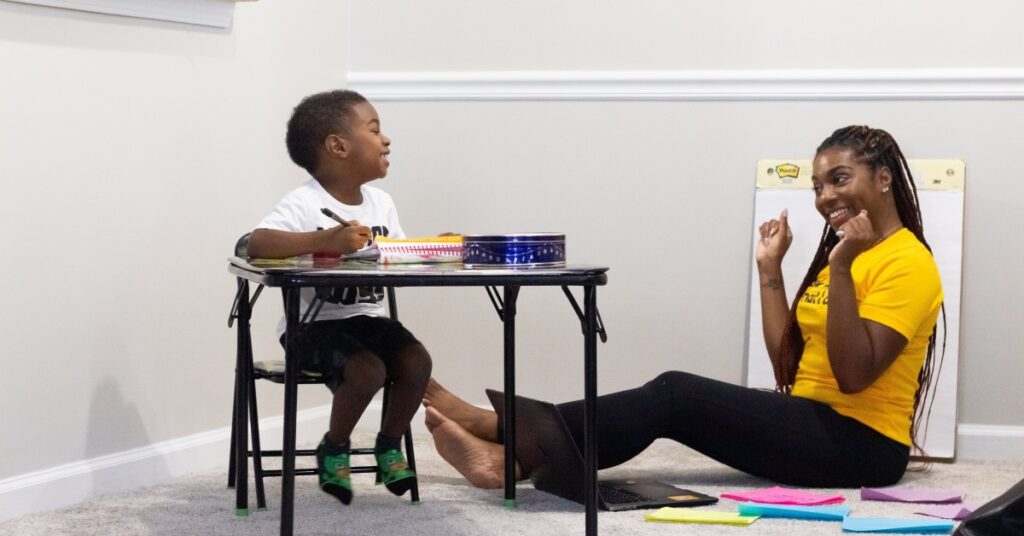
What Is a Master of Library and Information Science?
all LIS professionals must be information-literate. They can work in [...]

Special education and inclusion classrooms run along a continuum. Inclusion (which is also referred to as “general education” or “mainstreaming”) refers to environments where typically developing students are in classes alongside students with Individual Education Plans (IEP’s).
On the other end of the continuum are more restrictive environments, like home and hospital instruction or segregated classes (“special class services”) where there are six to 15 students with one teacher and up to four paraprofessionals.
Inclusion is not only a preference, it’s the law. If a student can succeed in a less restrictive environment (LRE), that is where he must be placed. Students are also not required to be in a single environment for the whole day — sometimes students can be in a more restricted environment for part of the day (e.g. an academic period), but return to a general education group for another part of the day (e.g. physical education).
A number of studies tout the benefits of inclusive education. It is more cost-effective than separate classrooms, but more importantly, positive effects have been noted on the students with IEP’s, particularly in their academics (Weiner, 1985); however, according to a report from Princeton University, the “instructional models employed and the classroom environment appeared to have a greater impact on student academic and social success.”
Positive effects have also been found for the typically developing students, including the following list from the Wisconsin Education Association Council (WEAC):
The key difficulty with inclusion is that it only works if it is enacted appropriately. According to a study at Grand Canyon University, “both general education teachers and special education teachers believed that administrative support, mutual respect, a positive work environment, and open minds towards inclusion, professional development opportunities, and knowledge of students with disabilities are all crucial components needed to successfully implement inclusion.”
Arguments for segregated classrooms fall largely into one of two categories:
What works best for your child will depend on your his unique skills and needs, and each school has a different set of resources. Placement decisions must be made with the child’s best interest and learning needs in mind, and sufficient support must be given to teachers and educators to ensure that classrooms differentiate for all learners.
| University and Program Name | Learn More |
|
Merrimack College:
Master of Education in Teacher Education
|
Sources (in addition to those referenced above):
National Association of the Deaf. Position Statement on Inclusion. Retrieved from: NAD
Smith, T.E.C., Polloway, E.A., Patton, J.R., & Dowdy, C.A. (2004). Teaching students with special needs in inclusive settings, (4th Ed.). Boston: Allyn & Bacon. 570 pages.
Questions or feedback? Email editor@noodle.com

all LIS professionals must be information-literate. They can work in [...]

Elective courses can customize your MLIS degree to a career [...]

Do you intend to work in your community's public library [...]

For decades now, libraries have been attuned to new developments [...]

A more diverse teacher workforce could provide a key to [...]
Categorized as: Special Education, Education & Teaching